Cold porcelain loved with needlewomen for ease of use. It is really easy to work, convenient and relatively economical (if calculating the cost of components). It is noteworthy that you can make a sticky mass for crafts. Most often, the future cold porcelain is boiled in a saucepan, less often the liquid composition is prepared in the microwave, but there is a simpler version - cooking without cooking.
Classic recipe
The concept of convenience is relative: many masters really like to create plastic mass without heat treatment, so as not to contact the stove, do not create an extra risk. But not everyone likes the cold china without cooking, someone marks an unusual result, someone says that with cooking it is more interesting and the control of production is better. How to do you, can be solved only by experienced.
For the manufacture of mass take:
- Starch (corn or potato) - 2 tablespoons;
- Vaseline is 1 tablespoon;
- Food soda and glue - in terms of the situation.
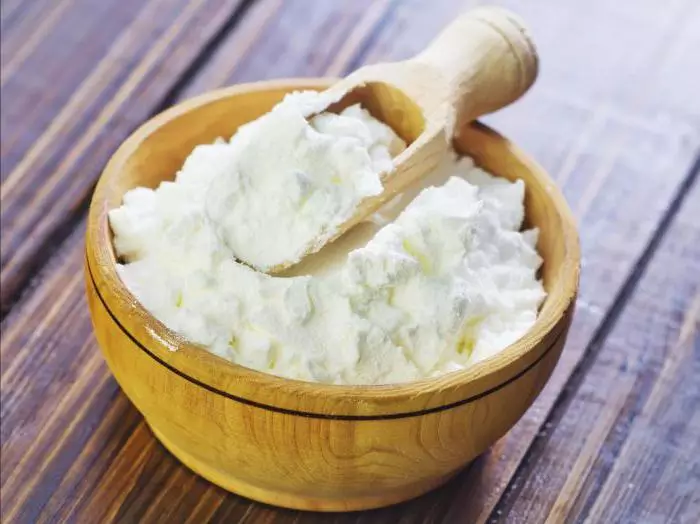
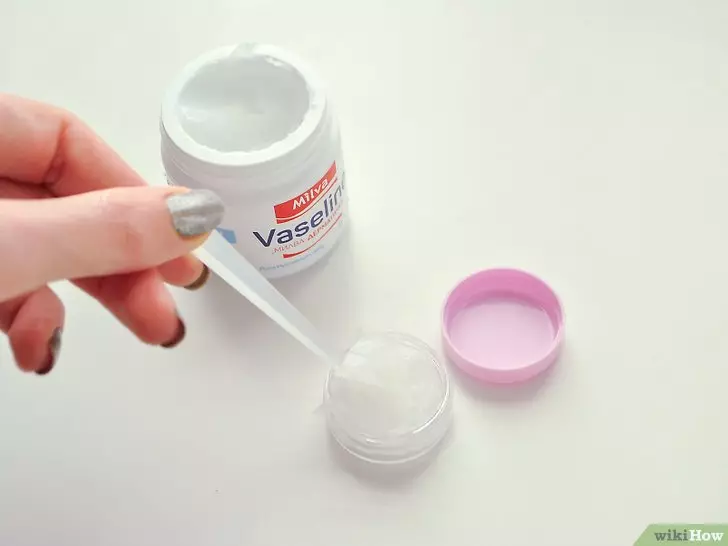
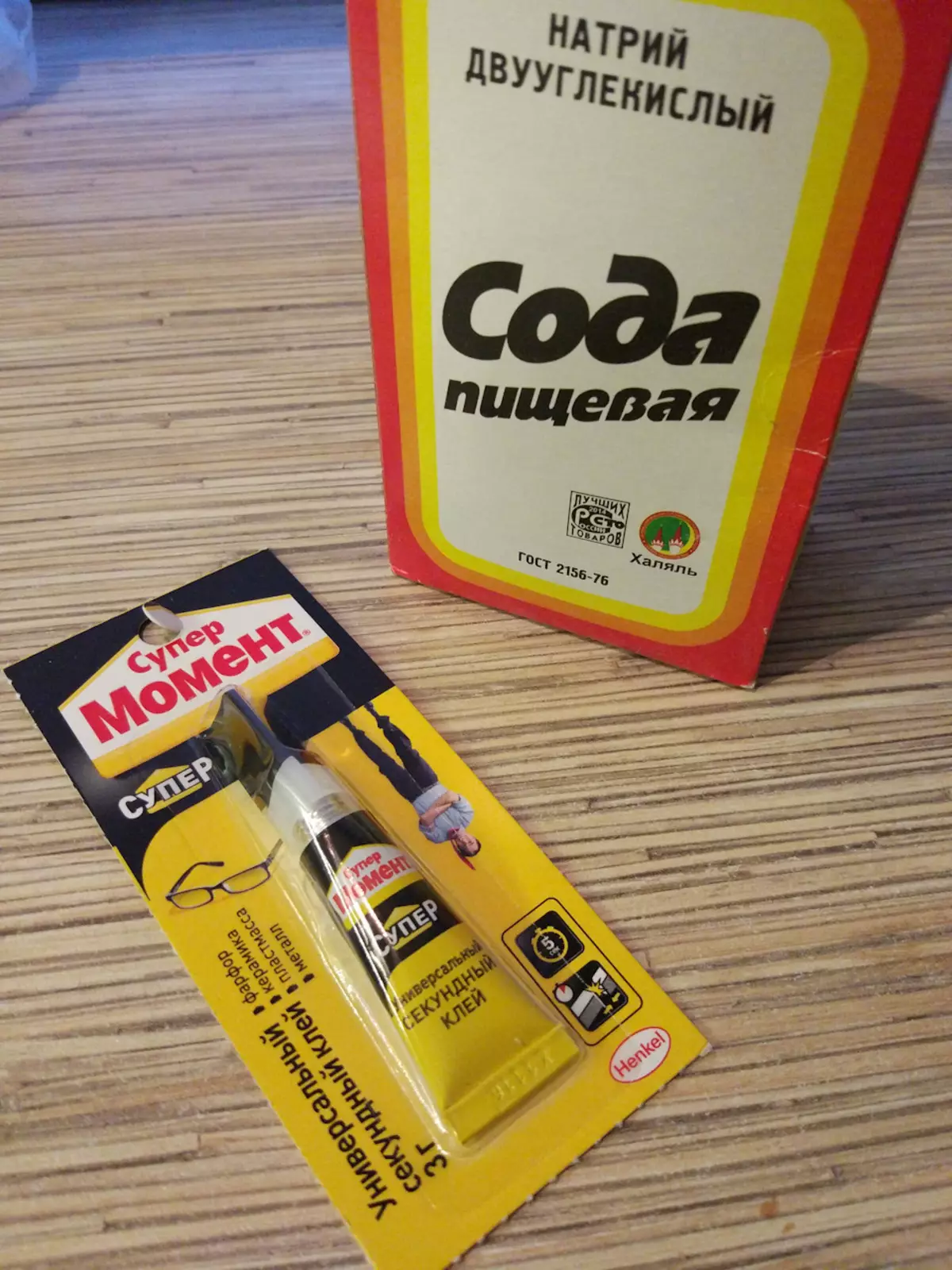
So, in a dry container you need to pour starch. Vaseline is usually heated in a water bath (which already a little contradicts the recipe without heat treatment, but this item does not apply to the cooking itself). The softened vaseline goes to starch, a little soda is added there and the composition is mixed to a state in which there will be no lumps. Then little by little to add PVA glue.
How many glue add, it becomes clear in the process of kneading, the material should become homogeneous.
There is another option to prepare a cold porcelain at home. Instead of PVA glue, you can take wallpaper glue - 1 spoon, as much food soda and water. Vaseline is added to this composition, all components are mixed. But such recipes are infrequently used, because they do not have basic ingredients - neither potato starch, nor corn. And without them, the result is not always predictable.
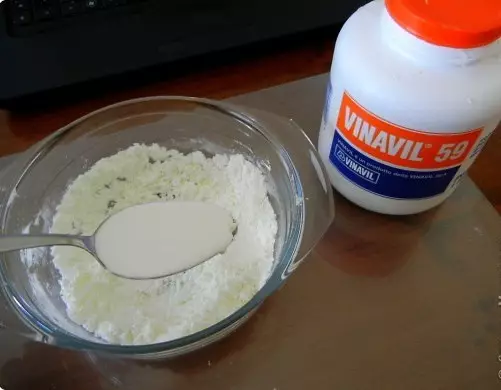


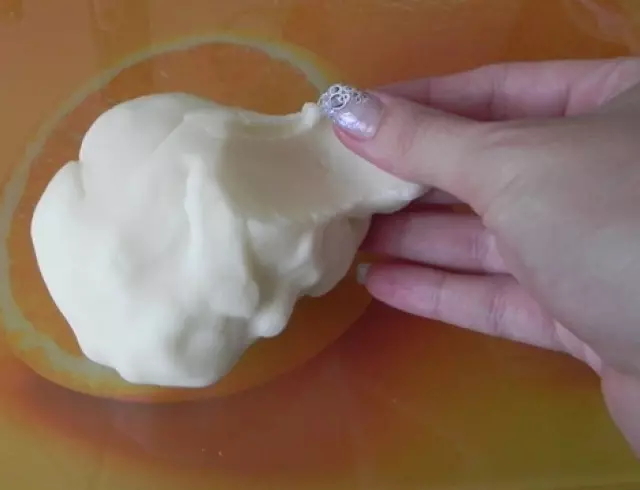
Tips for those who do not cook cold starch
No master class can be called universal. You have to try several recipes to find one that suits you. But the method of trial and error will not necessarily be long, if before working with the material you will know the following nuances.
- If you need to prepare exactly white material that does not give out other shades, it should work with corn starch. Potato will give the mass of the shade of yellowness, and this option is suitable only for later painted works.
- To make a mass of flexibility, some craftsmen add to the car plasticizer.
- If you have noticed that the material does not keep the form, it is possible, the case in Starchmale. We will have to purchase better starch.
- The composition of the wallpaper glue (if you work with it) must include modified starch.
- If the material began to crumble, add the adhesive - it will return the raw material in the original condition.
Do not forget to smear your hands with colorless cosmetic cream. First, the mass for the porcelain will not stick to the hands, secondly, you will create a protective layer on the skin.
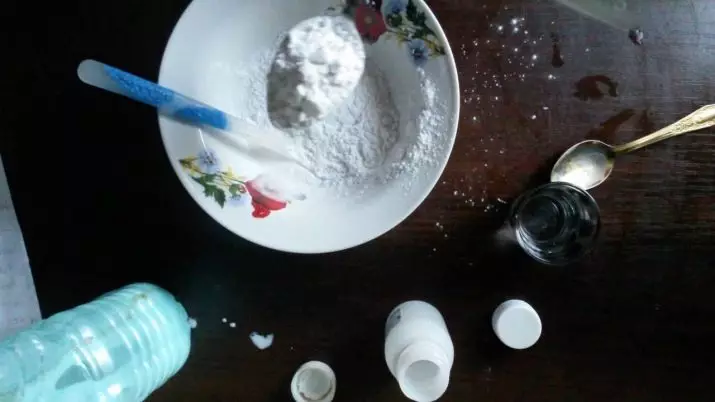
Master class step-by-step for beginners
If this is your first experience with cold porcelain, every action is new and may result in an error. In this case, it is better to work on step-by-step master classes, in advance of them "doing" in my head. Make sure you understand the process of manufacturing the test in theory, and then make it practically.
So, for the manufacture of a cold porcelain without cooking, the following components are needed.
- Corn starch - Sold in any supermarket, it is cheap. It is better to buy a new packaging, so as not to worry about the poor-quality result due to the damaged starch.
- PVA glue. The brand of glue is not important, the volume is also, most importantly, in order to be plasticizer.
- Oil for hand processing. If at home there is coconut oil - excellent, if there is a children's hygienic oil - it is also not bad. An ordinary hairy hand cream is also suitable (the main thing is that it is not color and not irritated by obsessive aroma).
These are the main ingredients. Newbies must learn to work with them, and only later additives will go into the course.
And learn how to work on the eye: so you will analyze the course of work, adjust the viscosity of the test. Those who are strictly tied to recipes, so blindly it follows that even with obvious deficiencies of the test they are afraid to adjust the recipe.


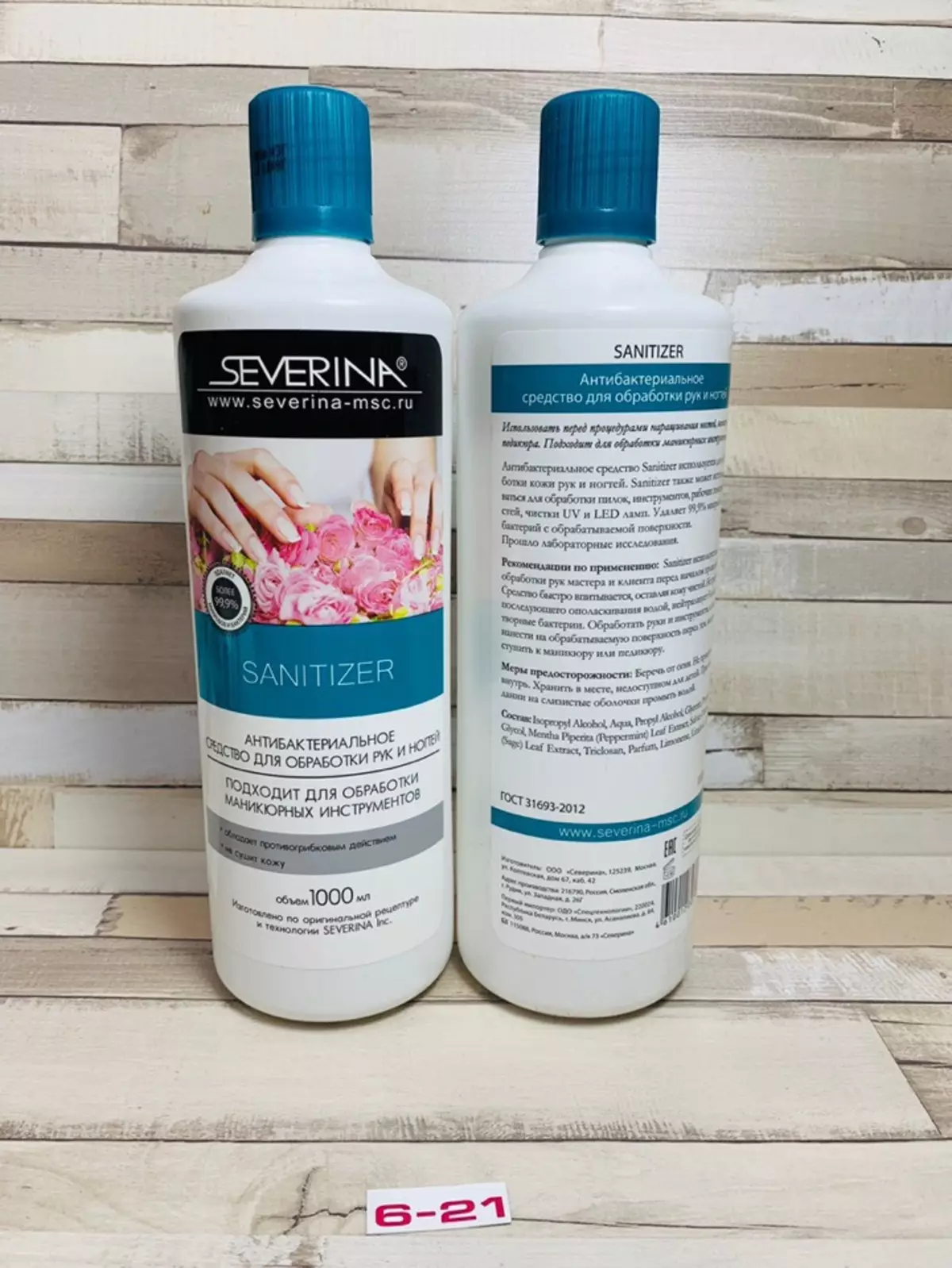
Next, we work like this:
- Step 1 . You need to pour corn starch into a small clean and dry bowl. Rapid on the eye, but let the benchmark be 3-4 spoons. Then, the PVA glue. The proportion is as follows: 1 part of the liquid ingredient to 2 parts of the dry. Then we knew the dough with a wooden stick (pencil, rod of tassels). In the process of kneading, the ingredients can be added. The main requirement is the mass should sprinkle well.
- Step 2. . Do not forget to handle your hands. You can do this in the process of kneading. The ideal option is coconut oil, it smells nice, and the hands remain protected for a long time. The dough will not stick to the hands, the mixing process itself will be tactile enjoyable.
- Step 3. Many can not get to the end and spend on kneading literally minutes. But the stage is not as fast, a few minutes will leave exactly the process of creating a porcelain mass. Do not hurry - you will feel that it has become homogeneous, plastic, pliable and smooth.
- Step 4. You can paint the material right during the kneading. If you still leave as it is, the dough will be white, but do not expect a snowy white. If you need a glittering whiteness, add white paint into the dough to the dough. It can be acrylic paint, oil, suitable gouache and even food dye.
- Step 5. A very important point - the mass must be stored properly. Do it in packages or food films. The main thing is to reliably glue the film or package so that the air does not move to the test. Otherwise, the mass will begin to push. Leave yourself a small piece of dough for work, the rest is in the film and in the refrigerator. Many unfold the dough additionally into containers so that it is compactly placed in the refrigerator, without interfering with anyone.
- Step 6. Some masters store the dough at room temperature. And so, it is also possible - there is a significant difference between storage in the locker and in the refrigerator there, the main thing is that the prepared dough does not interfere with you or households.
- Step 7. Newbies are often disappointed in this form of creativity, as soon as they get the dough from the refrigerator. They unfold the package, and it seems to them that the dough begins to crumble greatly. But do not despair: remember the mass in the hands, in warm it will "revive" and will again become plastic and homogeneous. It warms cold china literally per minute.
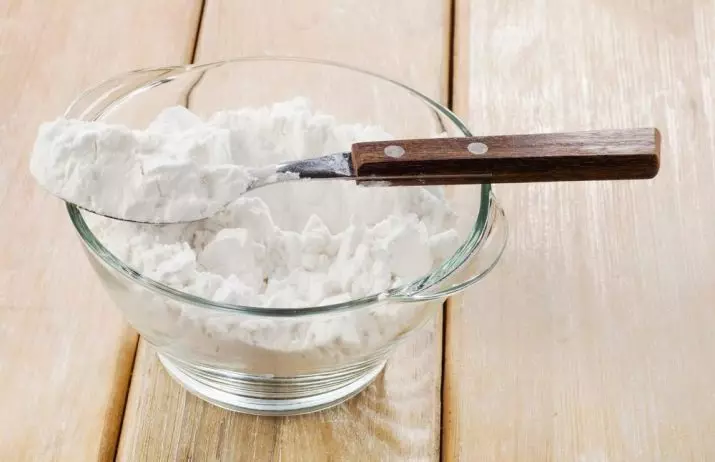
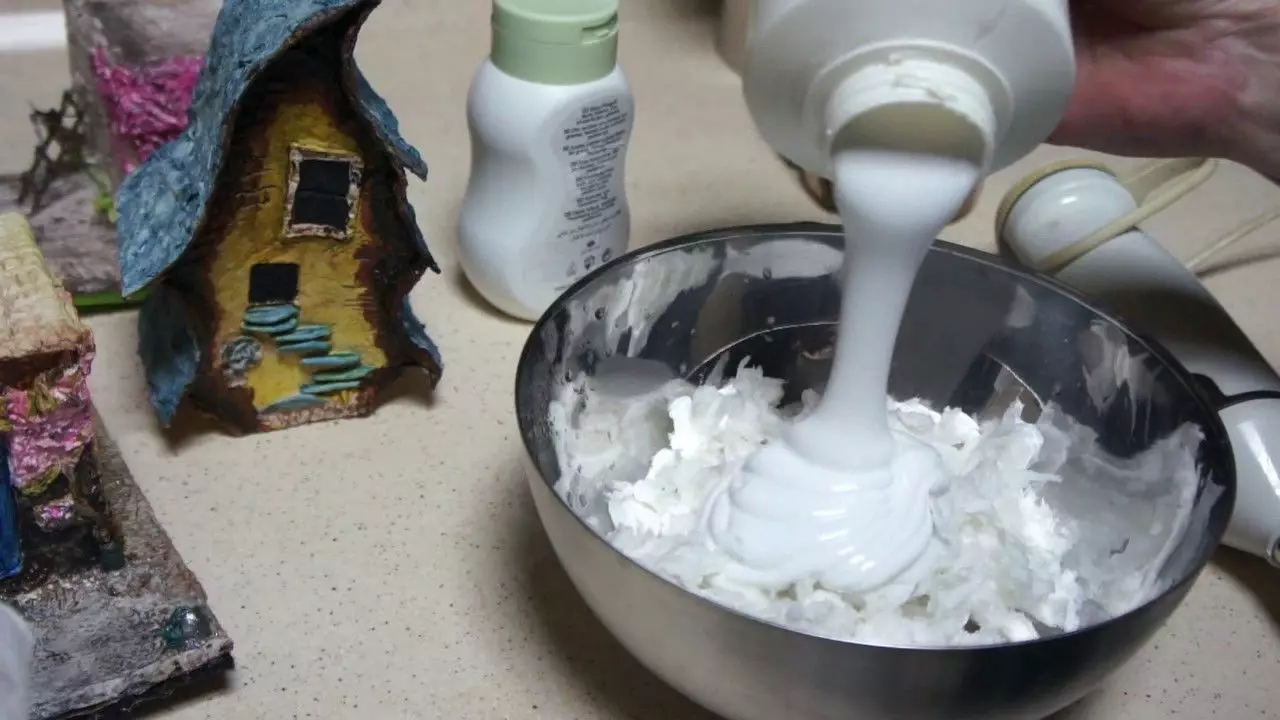
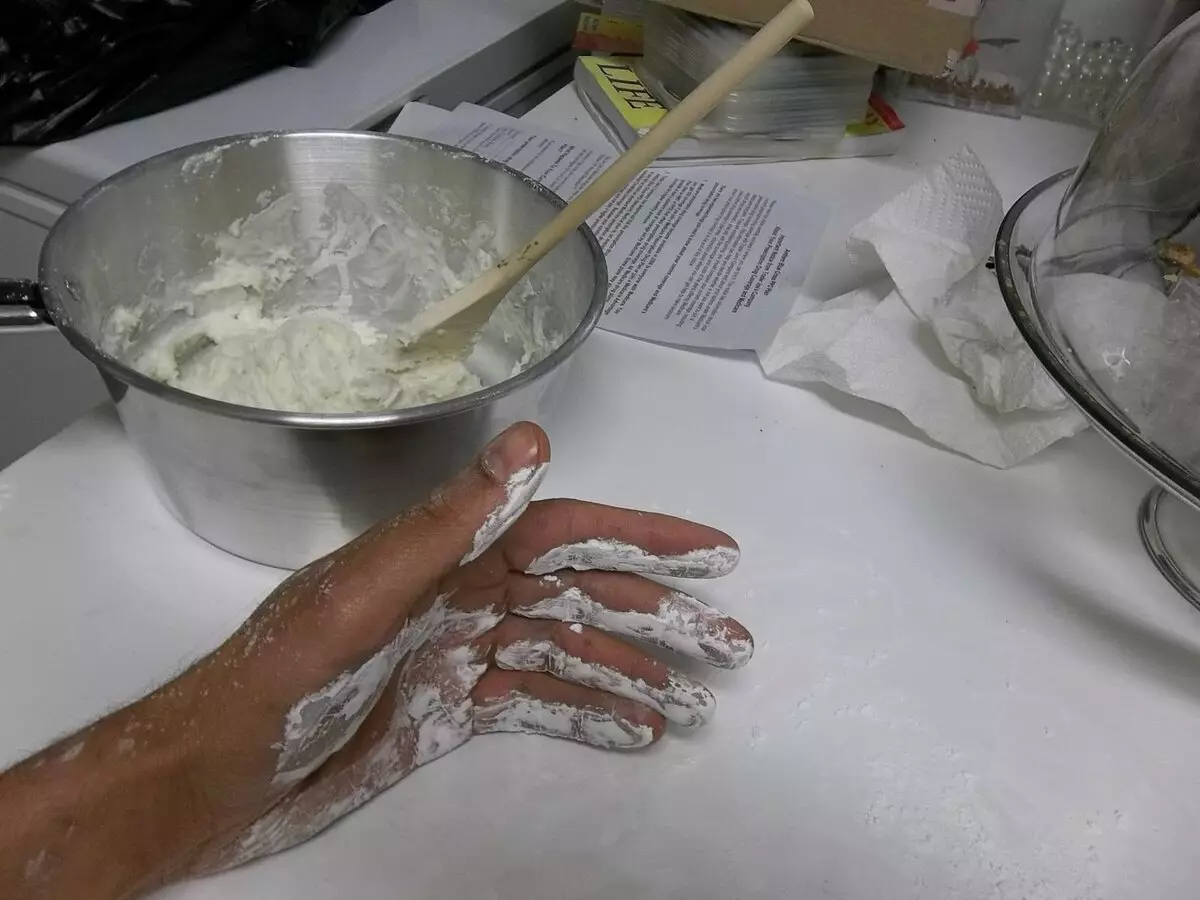


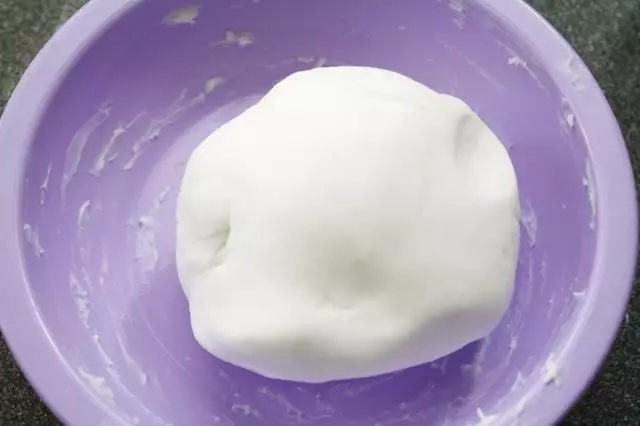
Well, then you can sculpt, and this is already a completely different master class.
Frequent errors
Without them, it is difficult to learn new, but it is not necessary to learn from your mistakes every time, use someone else's annoying experience. Below are 3 frequent errors when working with cold porcelain.
- Little glue, but a lot of starch. If you deployed a bunker dough from the food film, and the mass is very tight and pinp a piece difficult, you have overdone with starch. If the pores are vividly noticeable at the break site, it is a trail of non-varying starch. If a lot of starch, but little glue, the dough will be difficult to roll out, you will have to put pressure on the rolling pin.
- Nonlastic mass. If you started the modeling and found that the mass of mass on zero, then this is a rough error. With such a problem, the rolling will be difficult, and all further stages of work are hampered. The fact is that, most likely, you took glue without a plasticizer. Or even he was in it, but in small quantities (and maybe at all the poor-quality). You need to change glue, there is no other option.
- Perevariya / Neanovar. For those who do not cook a mass for a cold porcelain, there are no risk for these rake. But who decided to still try, really often either negating the mass, or digest her. The first case to fix is easy, the second - you have to redo and analyze why it happened.
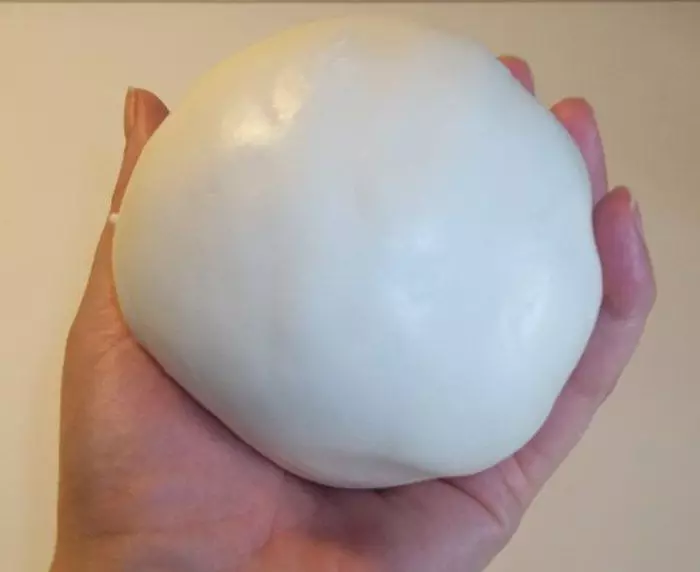
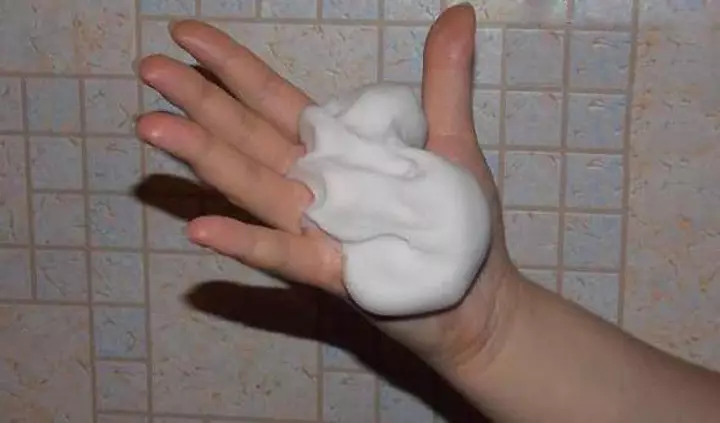
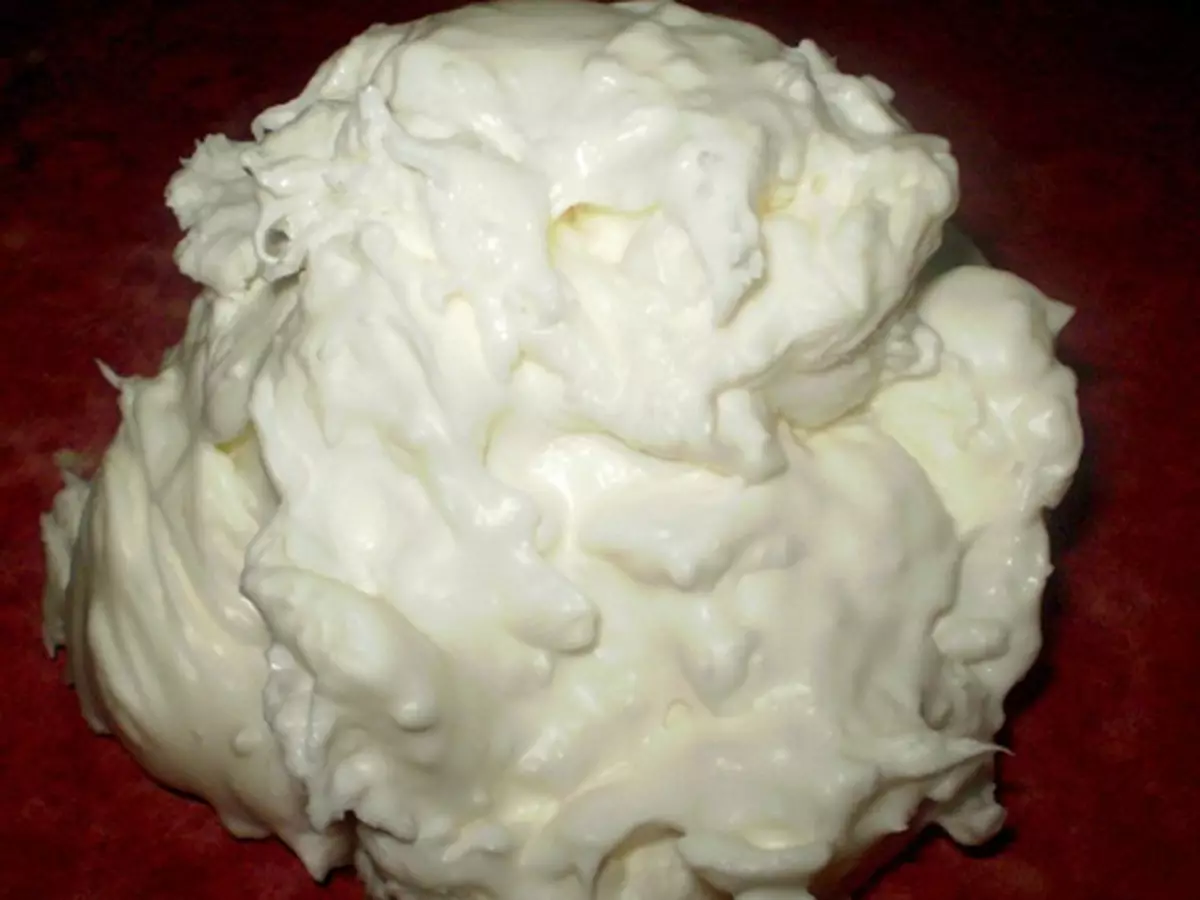
Also from failures you are not insured if you initially work with food soda. More precisely, if you decide to add it during cooking. Do not add talc, chalk or kaolin in large quantities. Very often, newcomers are in a hurry to go into the status of masters and, without spending simple recipes, begin to "conjure" over multicomponent. But this requires experience, a certain sensitivity of the hands, "30 times."
Although in general, working with porcelain, which does not require cooking, easier. And many masters errors preferring this method avoid.
They do not put hot material in the refrigerator, are not mistaken with time and cooking temperature, do not let the time of adding paint.
But you will definitely use the author's tricks. For example, there are masters that are not published in the packages finished, but on a lubricated oil or cream plastic board. And on this board, the material is rewinded again, thoroughly, long, and only then goes into packets.
Try and share your finds!
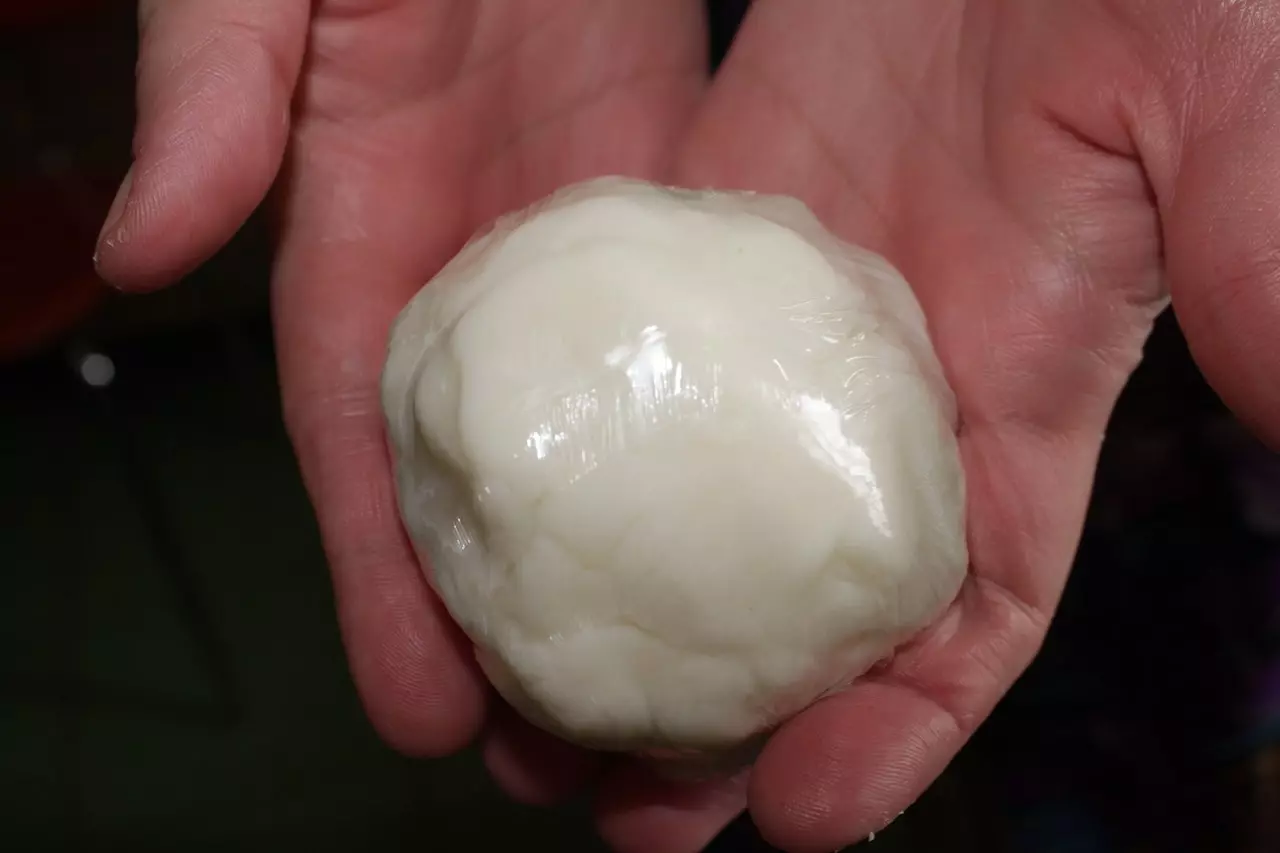

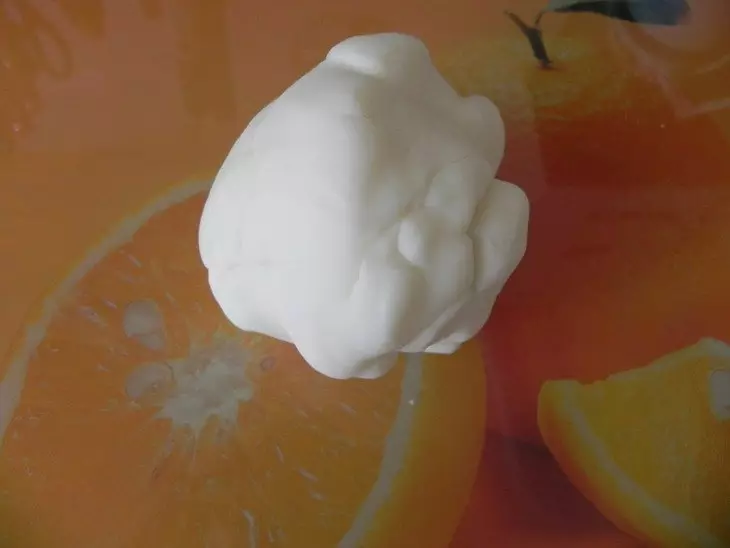
What are the features of the cold porcelain without cooking, see the next video.
